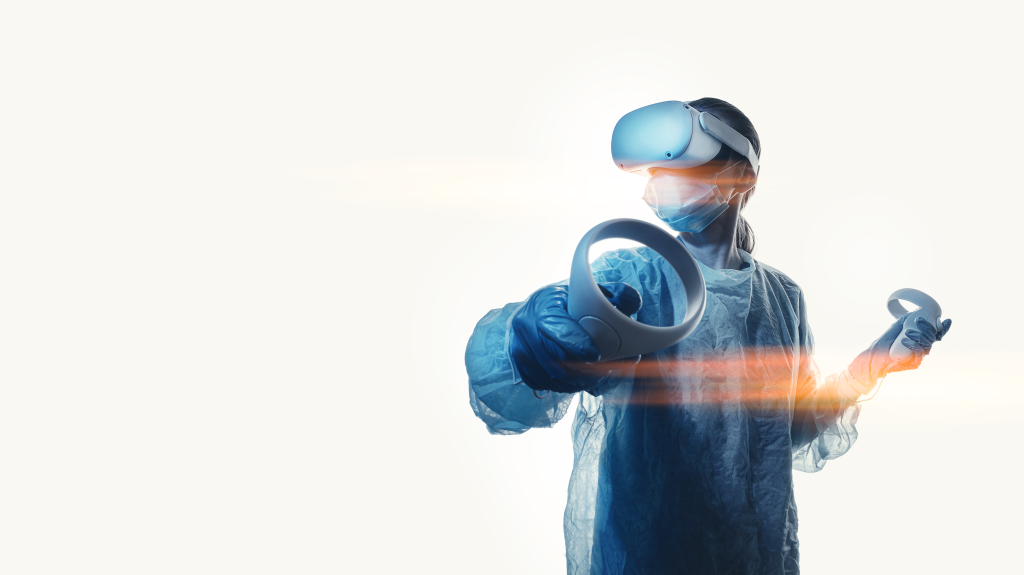360° videos for VET
The project aims to identify and test use cases for 360° videos in vocational education and training (VET). The research aims to explore how 360° videos can be integrated into training programmes to improve the analysis and the management of professional situations characterised by one or more of the following elements: interdependence between the members involved in the situation, effective implementation and management of complex procedures.
A 360° video is produced using omnidirectional and multi-camera systems which capture video information in all directions simultaneously. This technical function reduces video editing requirements, especially where various perspectives and viewpoints have to be obtained, such as professional group situations (Harrington et al., 2018) or classroom-based activities (Theelen et al., 2019).
360° videos can be watched without special equipment, such as on a PC, smartphone or tablet. Alternatively, they can be viewed on a head-mounted display (HMD) headset as a virtual reality (VR) experience. VR mode provides an immersive experience that – if well produced – can generate a high level of emotional and motivational involvement (Snelson & Hsu, 2020).
In a 360° video, users can freely decide on the direction they wish to focus on within the video and are not tied to the director’s viewpoint (Violante et al., 2019). Users can explore the 360° videos by using a mouse in the desktop version or by simply turning their head if wearing a HMD. This feature can provide learning benefits, especially for observational tasks. However, being able to explore a video independently also means details may be easily overlooked (Ardisara & Fung, 2018). For example, when viewing complex situations where various interactions take place simultaneously, the level of complexity and multidimensionality can require greater mental workload (Neng & Chambel, 2010) compared to a standard video, having a negative impact on the observational results.
Another limitation of 360° videos, compared with computer-generated virtual reality environments, is the low level of interactivity and scope for movement.
To overcome these drawbacks, 360° videos can be transformed into interactive 360° ones (Matos et al., 2018). This kind of video can include interactive markers, enabling users to focus their attention on relevant details in the video (Wallgrün et al., 2020). Interactive 360° videos also enable users to access additional content (Violante et al., 2019; del Molino et al., 2020), quizzes (Argyriou et al., 2020), interactive navigation within them as well as to other videos (Mendes et al., 2020) and annotation tools (Windscheid, & Will, 2018; Tan et al., 2020).
A quantitative/qualitative methodology is applied.
Various exploratory studies were carried out in the initial stage of the project using semi-structured interviews, questionnaires and focus groups made up of vocational school teachers and teacher trainers with the aim of understanding the possible applications of 360° videos for vocational and professional training and the added value from an educational perspective.
The next project stages will include
- the selection of occupations and scenarios for the production of 360° videos
- co-planning of 360° videos with teaching staff
- their integration into educational scenarios jointly planned with teachers, and
- subsequent field trials using a design-based research approach.
Two internal iterations will be produced for which variables linked to usage experience and involvement (e.g. cognitive load, motivation, sense of presence) and learning (e.g. implementation of procedures, quality of observation and (meta-) reflection) will be analysed. Measurement methods will include questionnaires and physical/psychological analysis (e.g. ECG).
